Tell us a bit about yourself and what you do.
I’m originally from Virginia, I turn 32 this summer, I have a 1-year-old daughter and a 2 year old dog. I’m a studio manager for another sculptor. I make artworks about the relationship of the built environment and interiority.
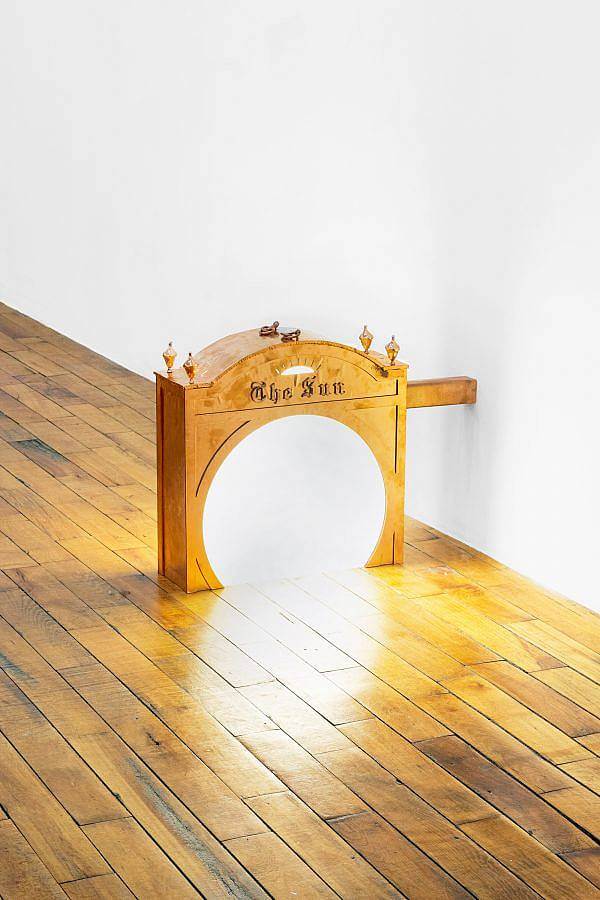
What main ways of creating sculpture do you use, and which do you have the most fun doing?
I often make molds, like with these groundwater pumps, where I procure the object, disassemble it, strip it of paint, clean it, cast the individual components, and then reassemble. I also like to solder brass and, in general, to reverse engineer objects while introducing a small amount of distortion within that process.
From the previous question, how did you first get introduced to that form of making?
When I first started making the pumps, I wanted the handle mechanism to actuate. While the implement is useless, in that it’s cast solid, I still wanted the lever to work, so that in some imagined interaction with it, the hope of it yielding water would last longer before the inevitable disappointment of it not. I think the experience of sculpture oscillates between engaging with the fictive environment an object can imply and the reality of its physical context and limitations.
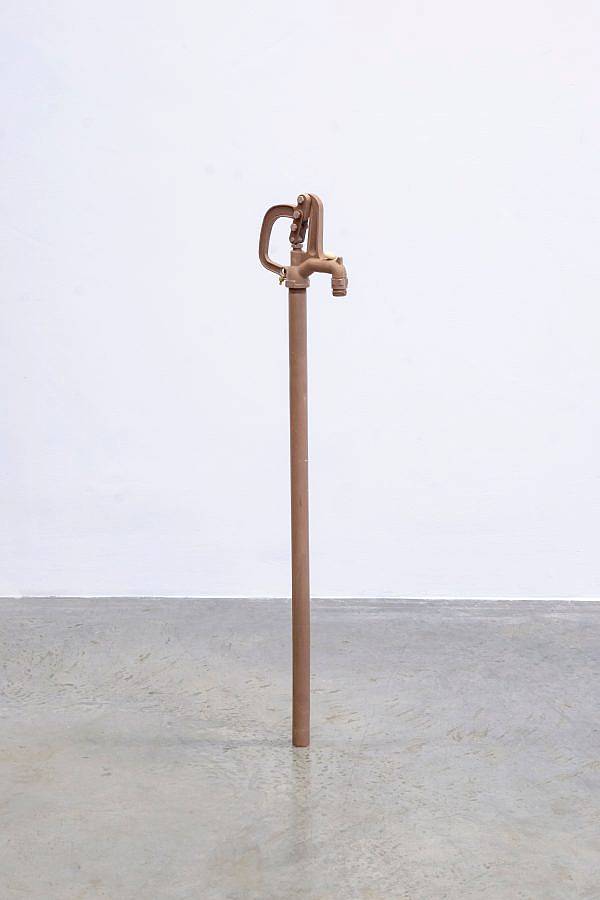
How was your experience at Yale? How did your practice change (if it did)?
It was good. There are issues with that school – and probably graduate school in general – but it was a huge privilege to go which I tried to take pretty seriously/make the most of. I started in 2020 so our experience of the program was an anomaly, but in ways we liked it. During the first year the teachers didn’t come into the building, classes were on zoom but we did have physical studios – my classmate Lucas would always say it was like we were on a space station.
What does your studio look like?
Relatively organized but lots of dog hair. It’s in Queens, which is also where I live, so I enjoy the commute (from Woodside to Glendale), I stop at the grocery store on the way home. I just built a staircase to access this lofted space that had been there since before I moved in, so I’m excited to make a little office up there.
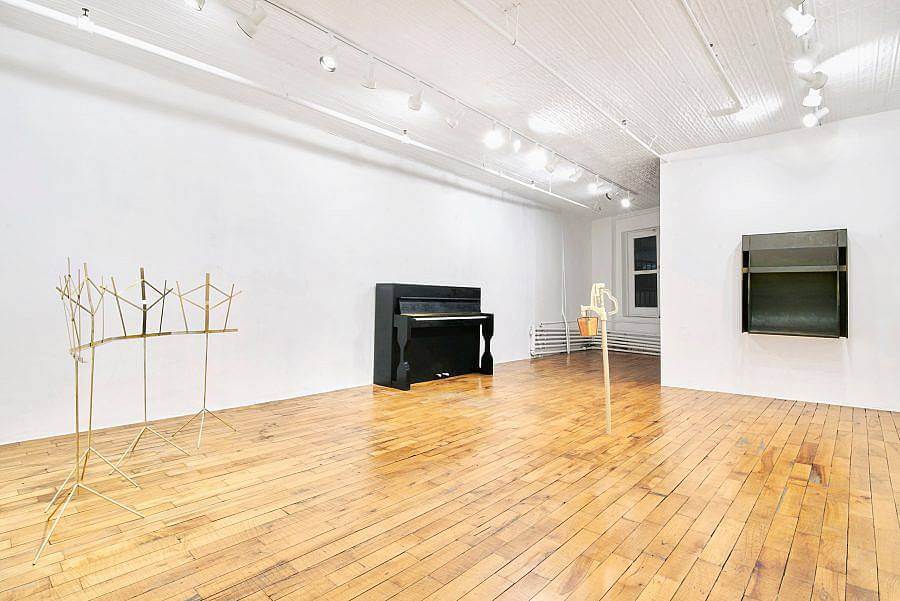
Could you talk about your recent show at Someday in New York?
This show grew out of my thesis exhibition from school, which was titled welcome to the worlld, referring to the newborn saying as well as this advertising campaign for The World Trade Center from the 90’s. The campaign’s messaging spotlighted WTC, and downtown New York in general, as an important nexus of a recently globalized society. I had been interested in public squares, specifically plazas between skyscrapers, and so made a kind of compressed vignette of one, populated by things you might find in a square during different periods throughout history: a water pump, a bench, a clock. Ultimately it was about agoraphobia, and trying to explain those fears to a person who just came into this world, through a taxonomy of objects.
The Someday show title, The World on Time, was taken from a FedEx slogan. Here I was thinking about the various systems and timescales that constitute civic life and the forces they exert on a person. The metaphor of musical time and the freedom of stepping out of it, of improvising, is about finding agency outside the structures that govern us.
Is research part of your practice? If so, what does that usually look like?
Yes. In the case of reproducing the thermometer from the Someday show, it was a matter of visiting the original, researching the building it is affixed to and the newspaper who originally commissioned it, and looking through city records to learn the story of this object I was drawn to before reimagining it in a new context.
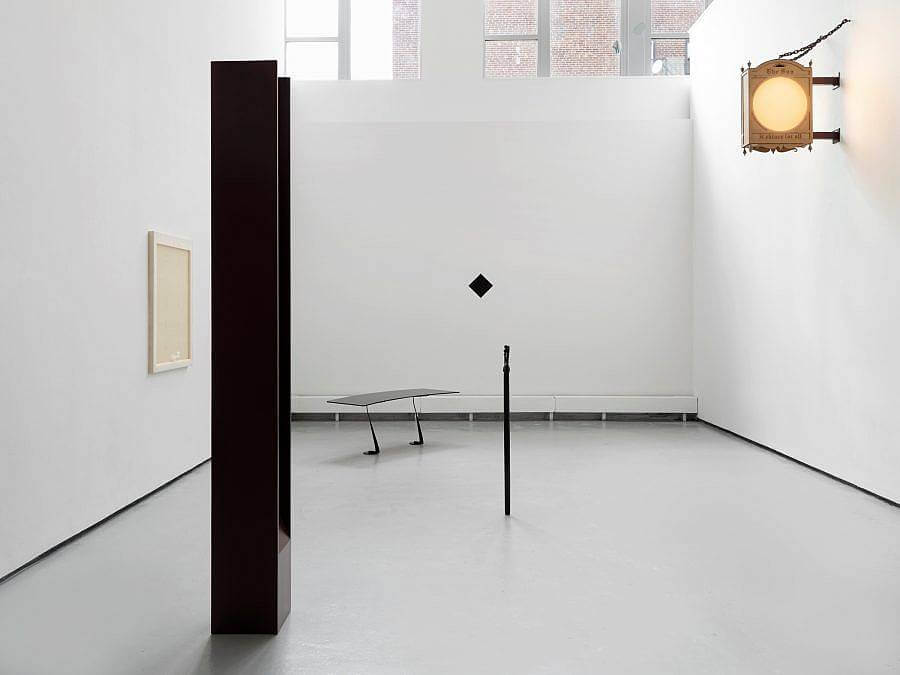
Would you consider the repeated objects in your work motivic?
In the sense that they are serial iterations of forms, yes. Water pumps, trucks, music stands, these are words that evoke platonic images; I’m trying to mine that subconscious space of familiarity to build a scene around the thing itself, whatever that may be for a viewer. The work Cabinet is based on the back of a trash truck but much of the characteristic information has been erased or generalized. You’re left with this dysfunctional piece of furniture that you might feel you recognize somehow. I want to establish a relationship to something like waste management by looking at it from another, more subconscious, point of view.
What sorts of decisions do you make while working?
I make many decisions while driving. I feel like once I go to the studio, I’m mostly trying to scratch things off the list. I think this has to do with how much time you’re able to spend making your work and while limits on that time can be challenging, they can also be productive. I’m not sure if or when I’ll have more time than I do now; regardless, I think the ways I navigate and utilize it will change and I’d like for that to be an element of the work, not just a logistical challenge.
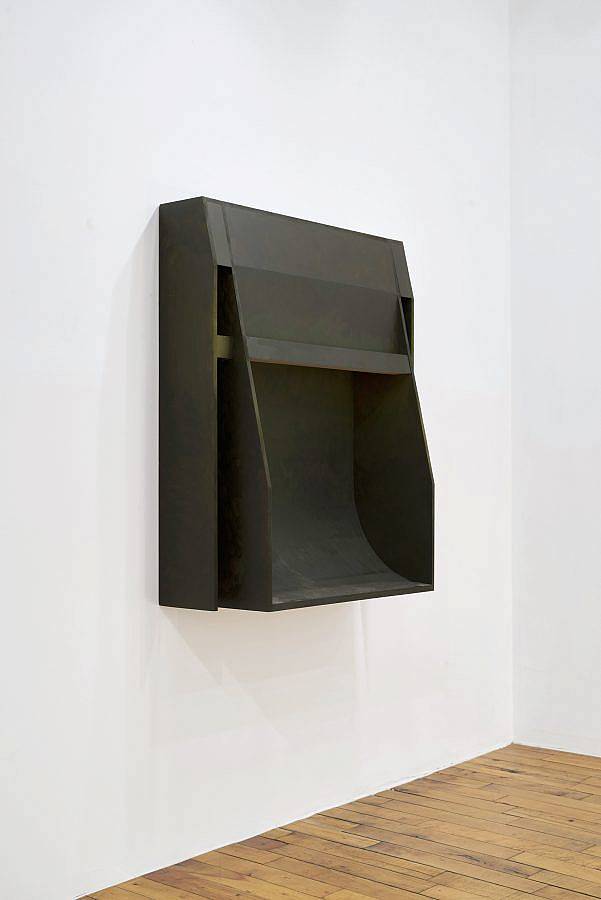
Whose work are you looking at/feeling inspired by recently?
David L. Johnson, Brandon Ndife, Kristin Walsh, Anne Libby, Ryan Preciado, Nancy Lupo, Tom Forkin, CFGNY.
Could you talk about ‘Motel’?
Motel was an artist-run gallery I started in 2015 with Rosie Motley and Curtis Wallen. We closed in the summer of 2020 during the height of the pandemic and when I moved away to go to grad school. We tried to give artists as much freedom as possible to do what they wanted – I think the result was 5 years of shows in the same tiny room that somehow all felt unique and hopefully not repetitive. The experience was formative, and I made many close friends there. I enjoyed working on press releases with the artists and learning how to better communicate ideas about art in writing. A favorite show of mine was Ten Izu’s Platitudes for Hungry Ghosts.
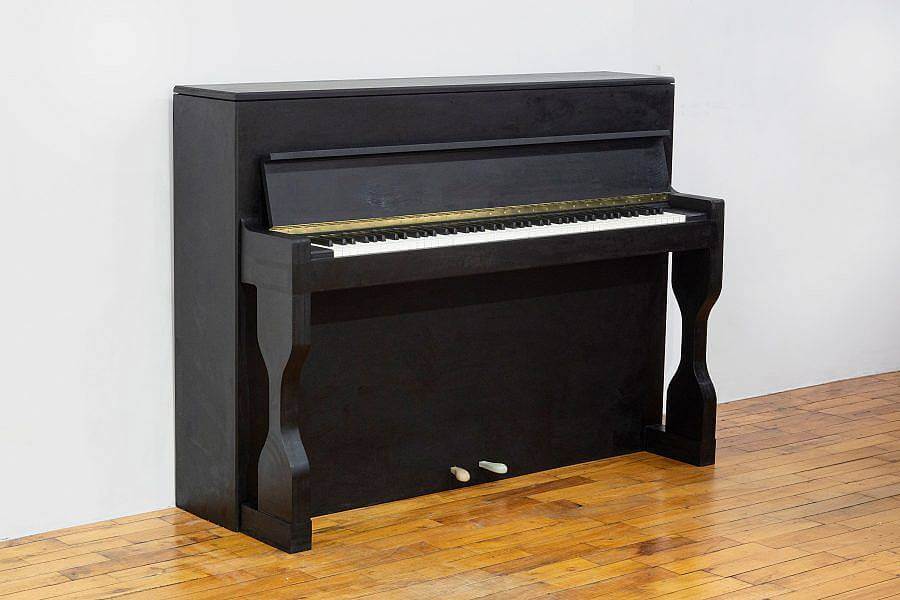
What are you currently listening to and / or reading currently?
I was listening to Bill Evans and Ahmad Jamal a lot while making the piano sculpture. On the radio I listen to WFUV and 94.7 The Block. I’m reading Richard Sennett’s Building and dwelling: ethics for the city and Temple Grandin’s Thinking in Pictures.
Any upcoming projects you are excited about?
I have a 2-person show in Toronto at Pumice Raft in the fall. It is with Connie Wilson who’s work I love so I am really looking forward to working together on that.
Interview conducted by Milo Christie
